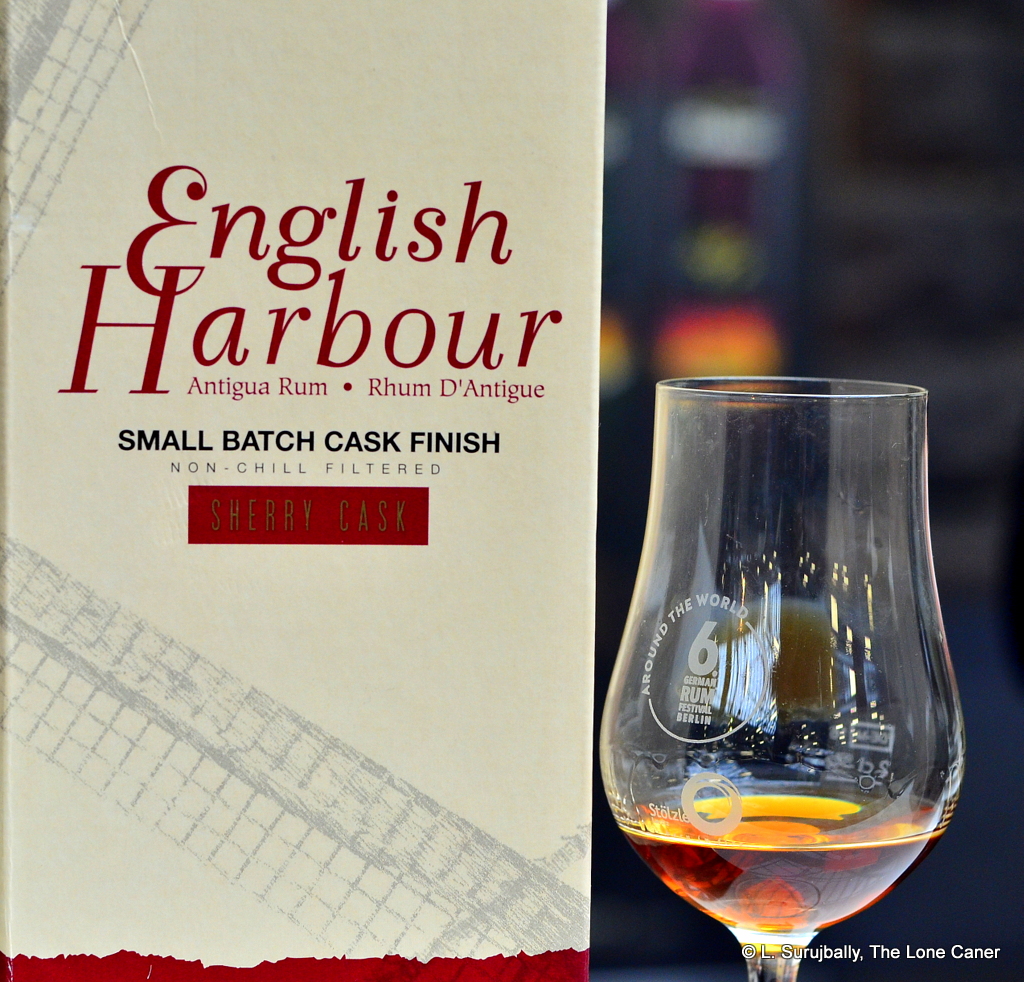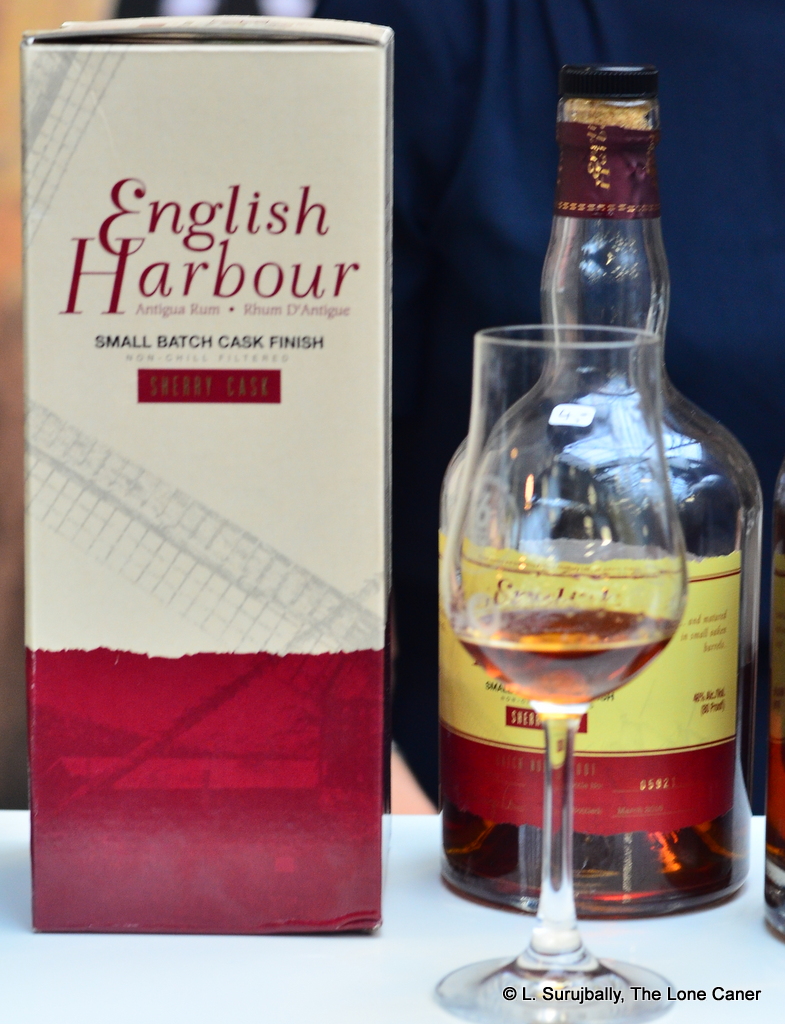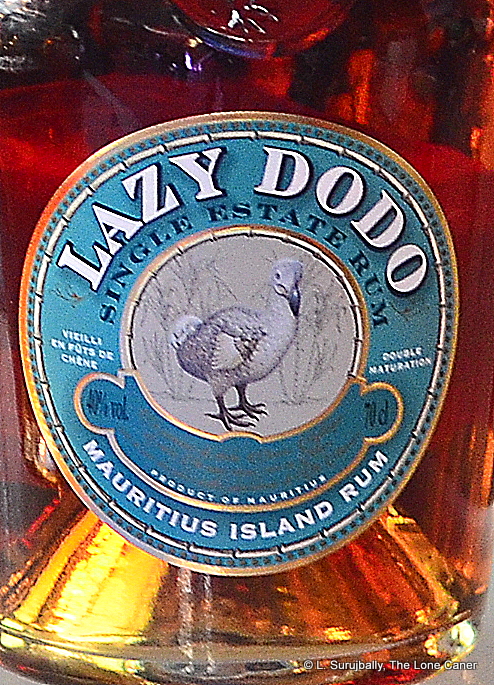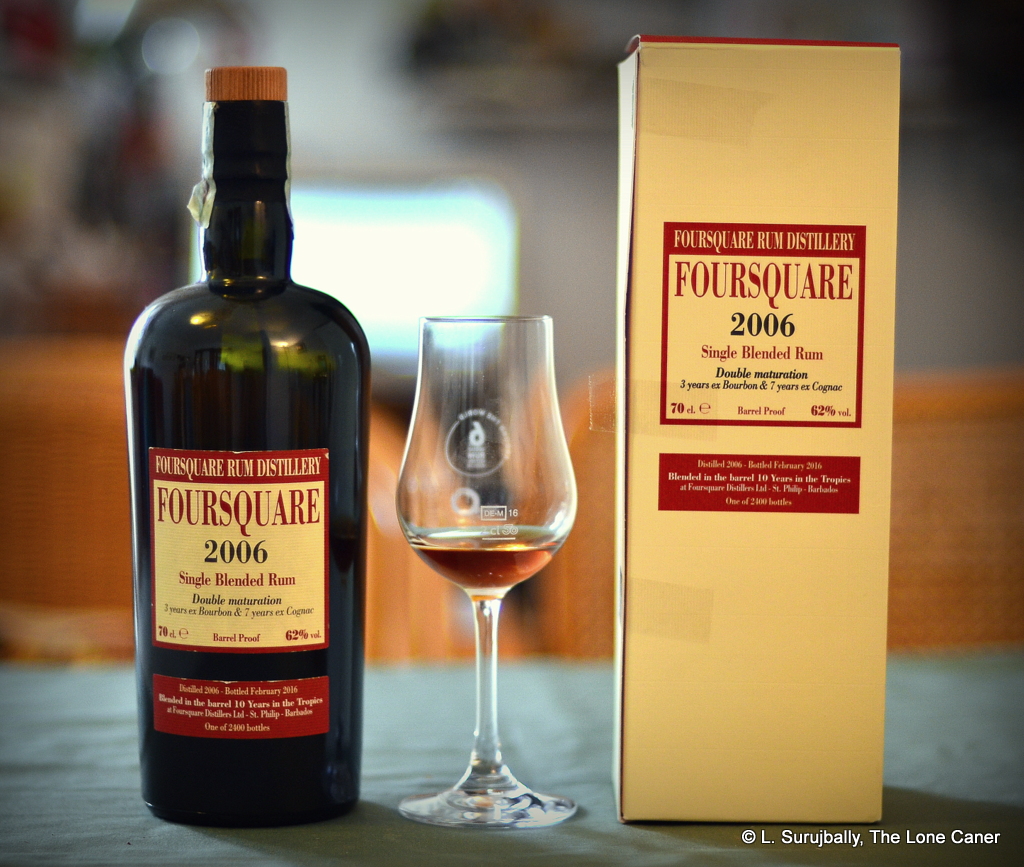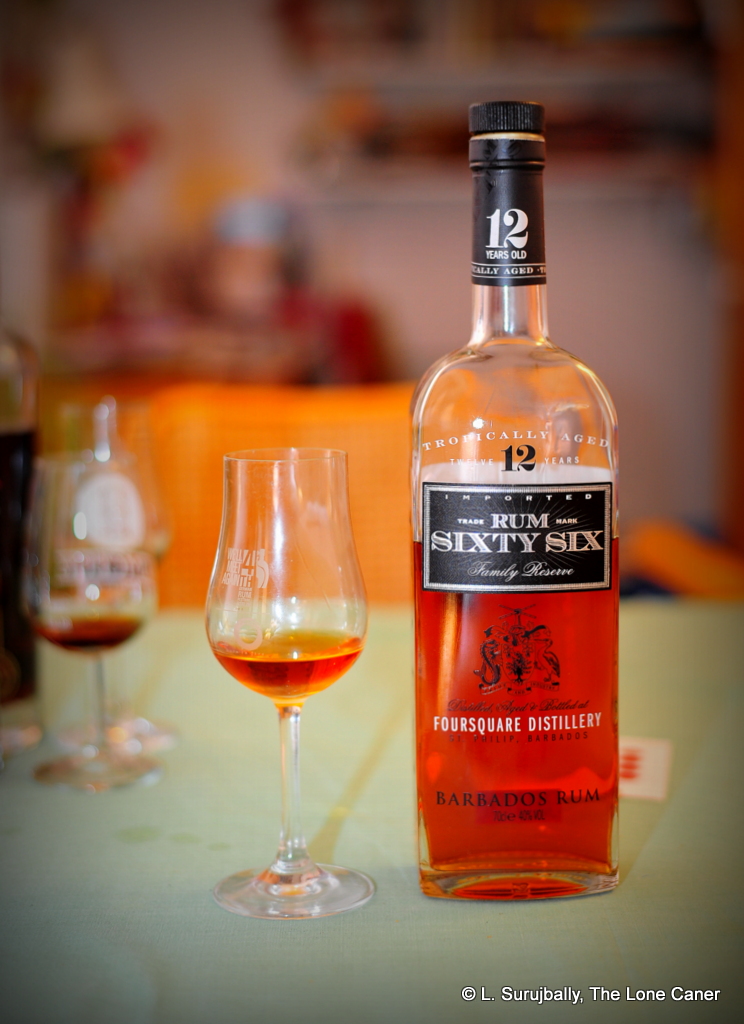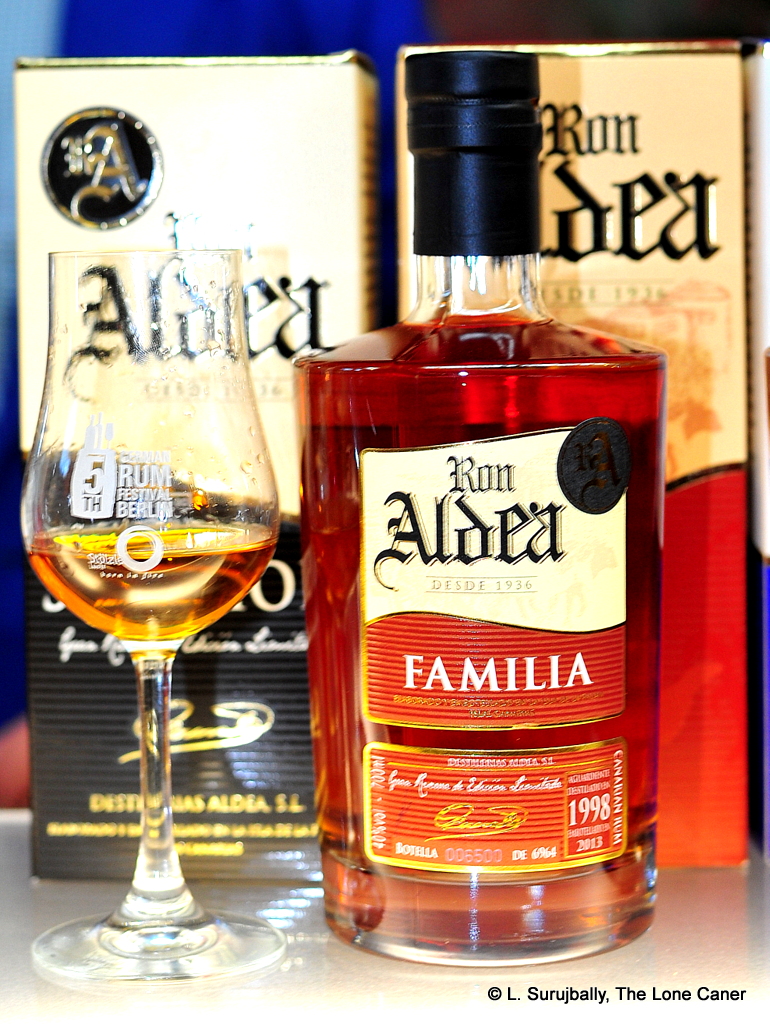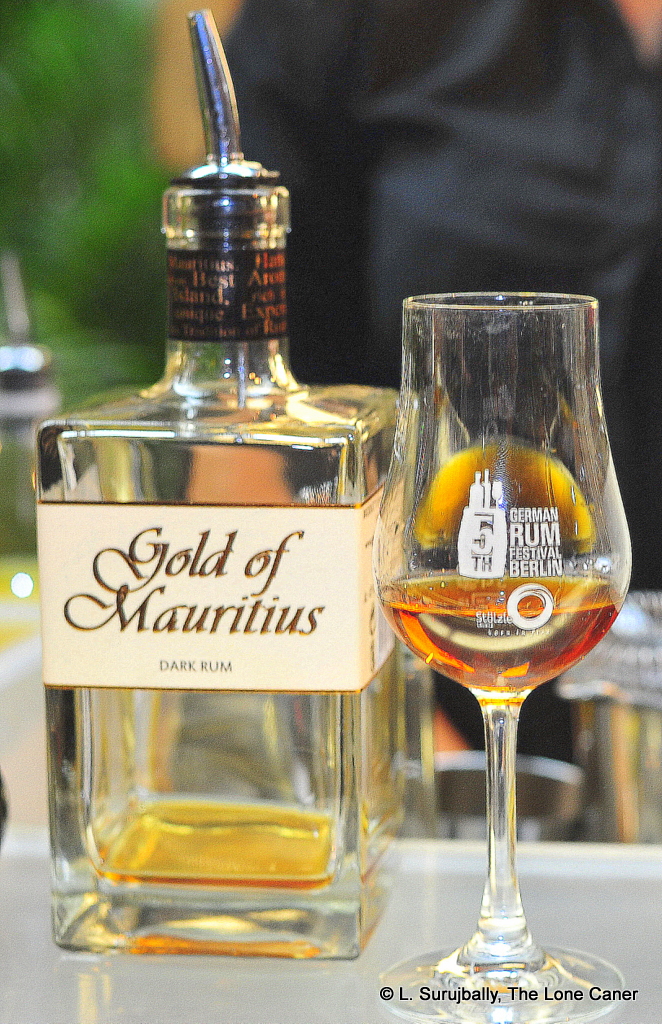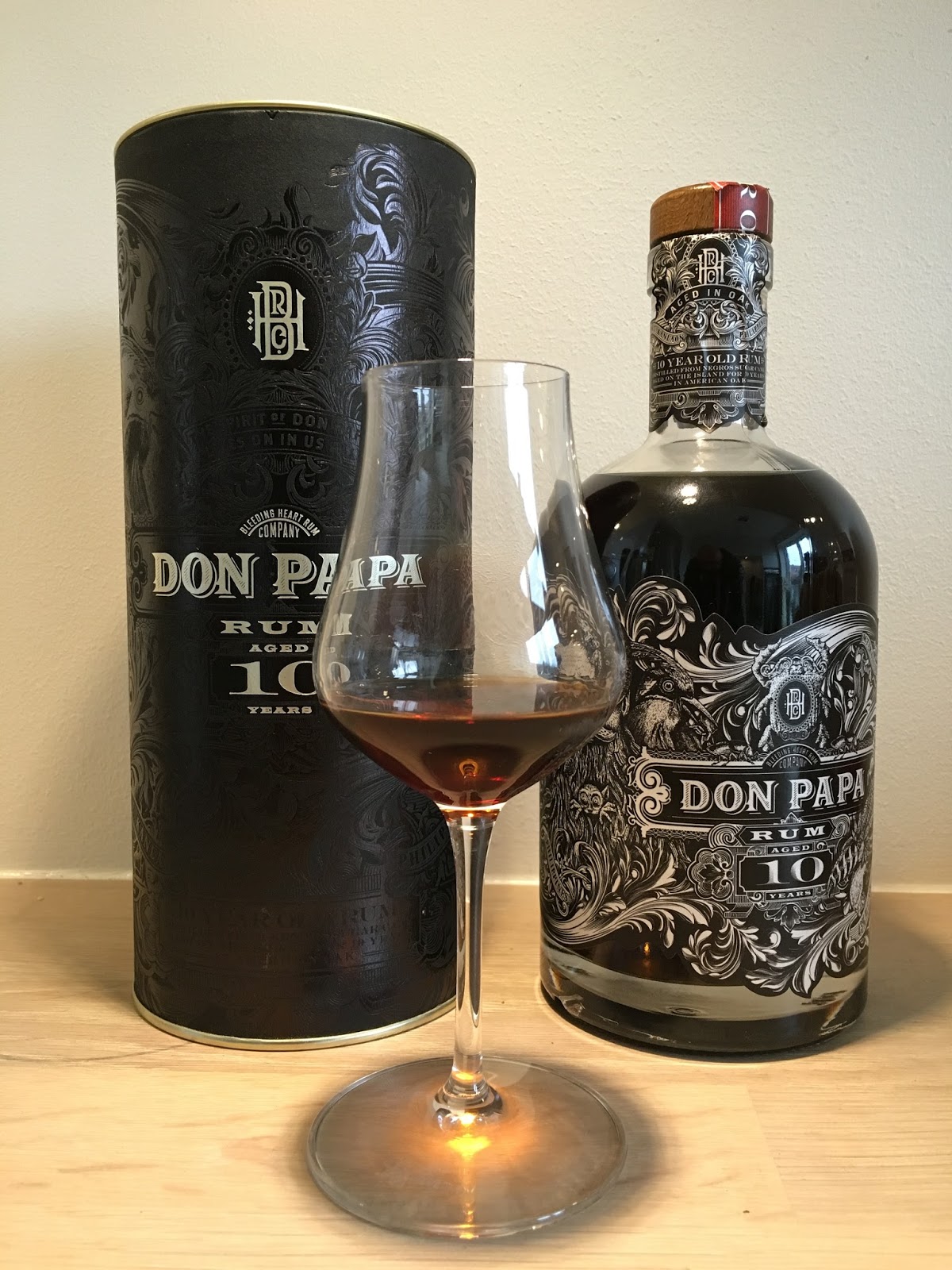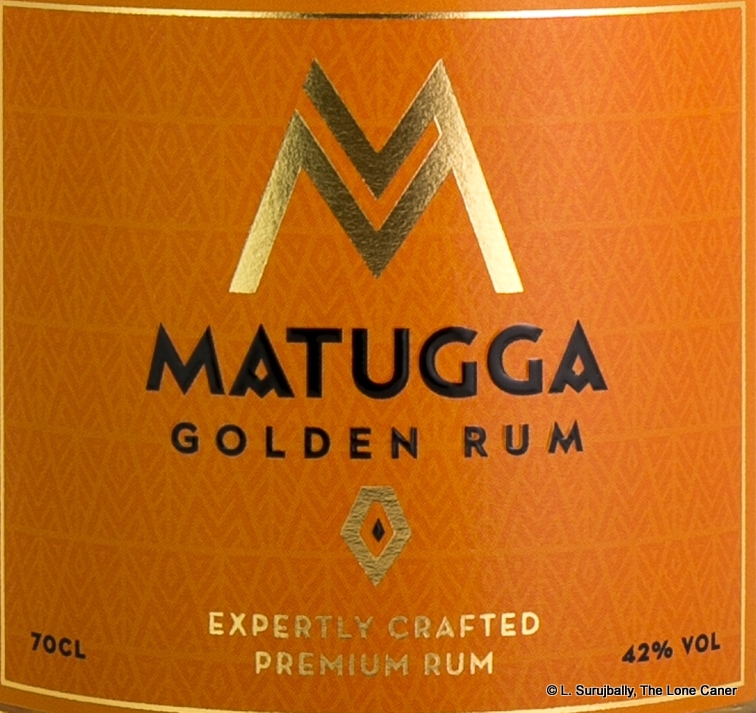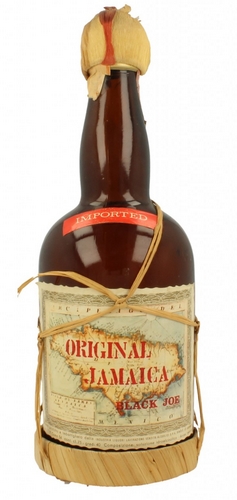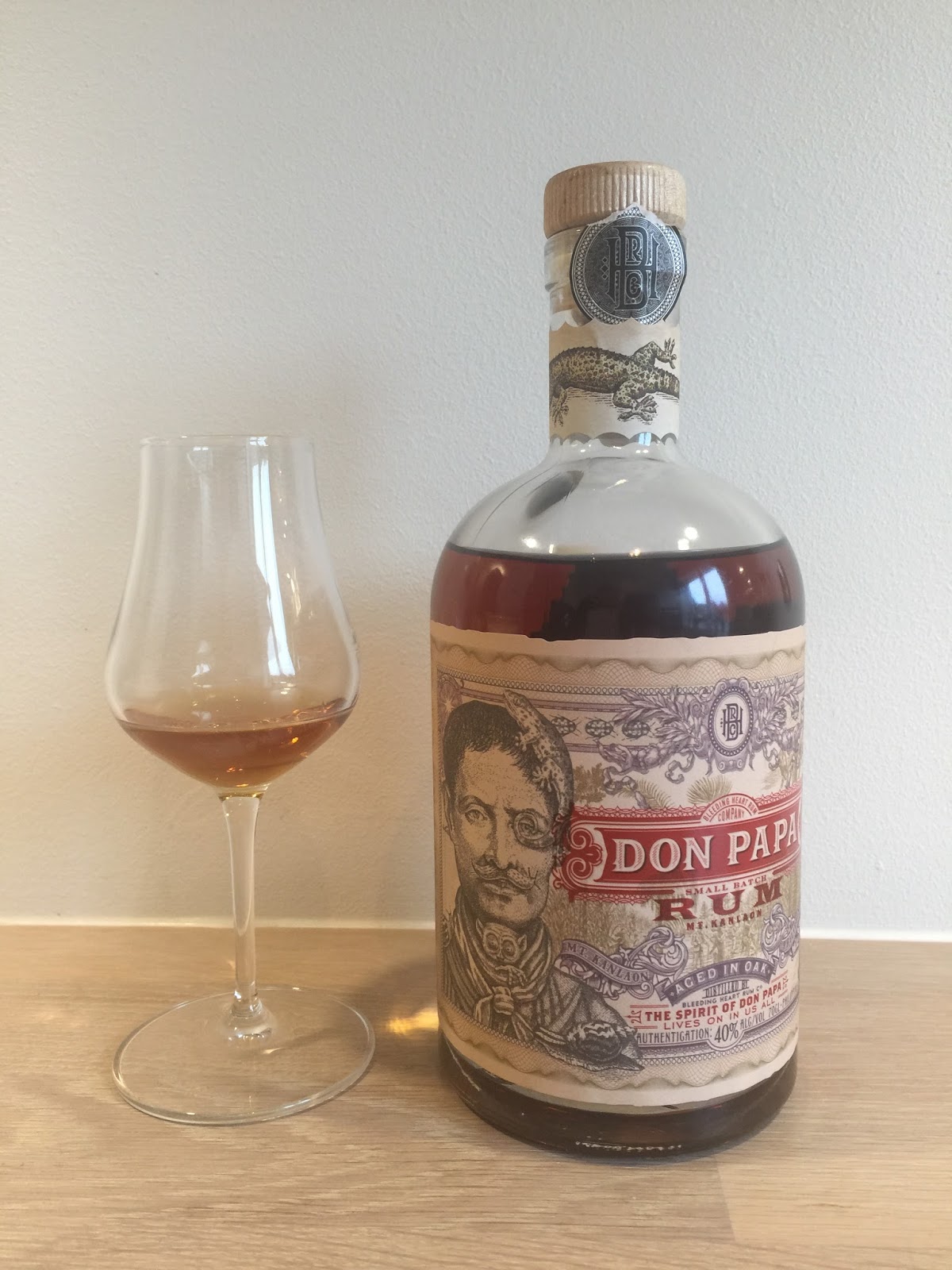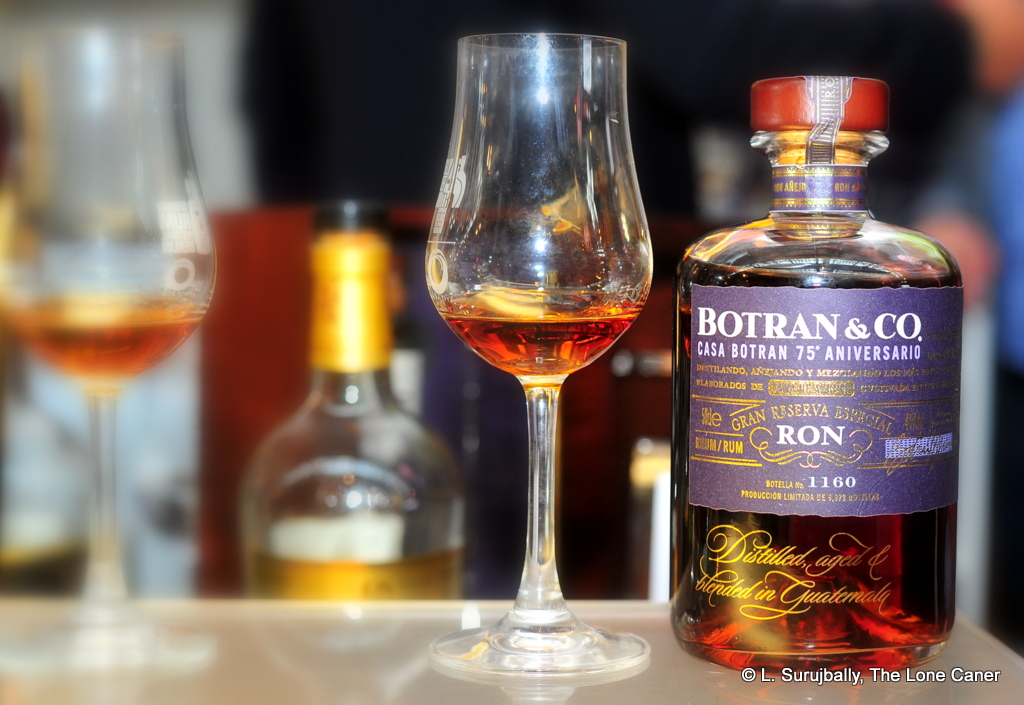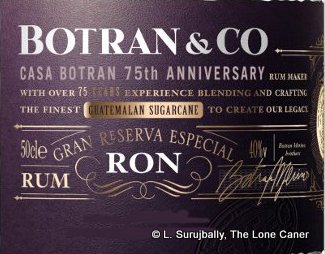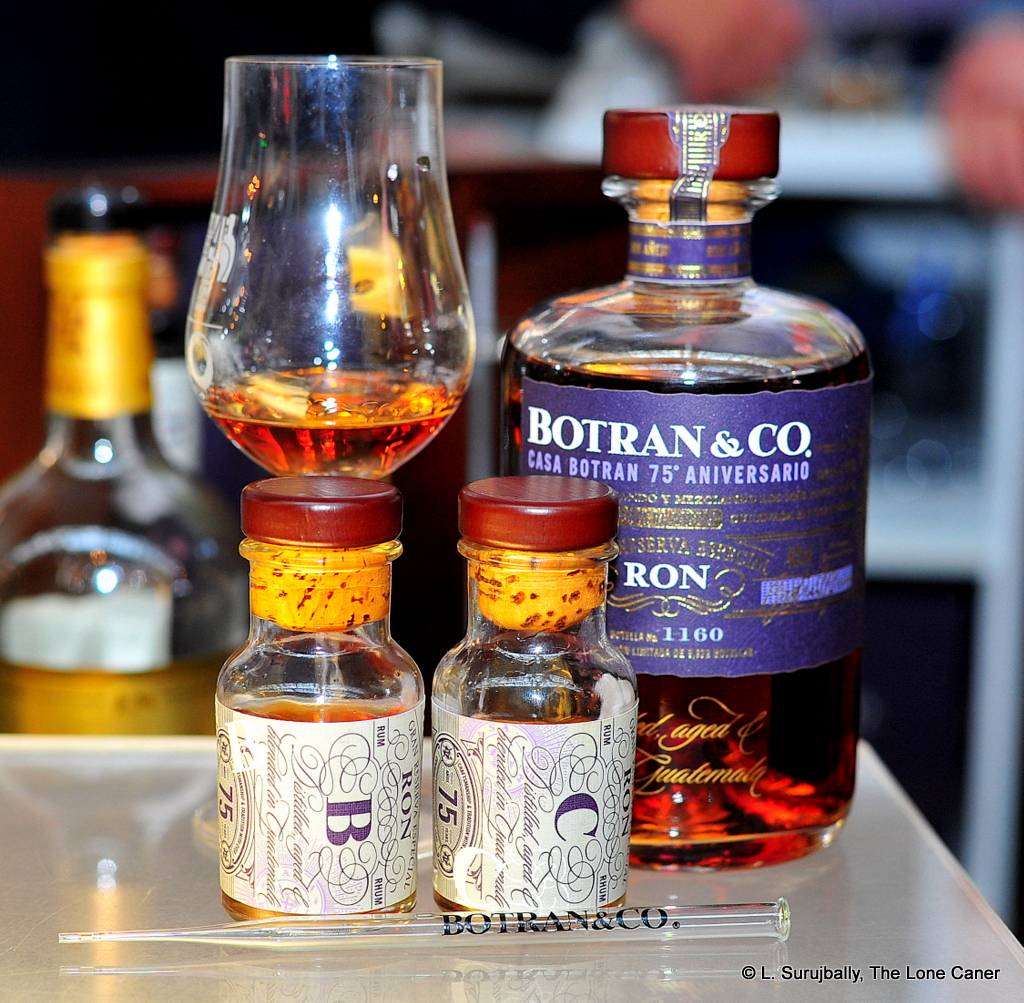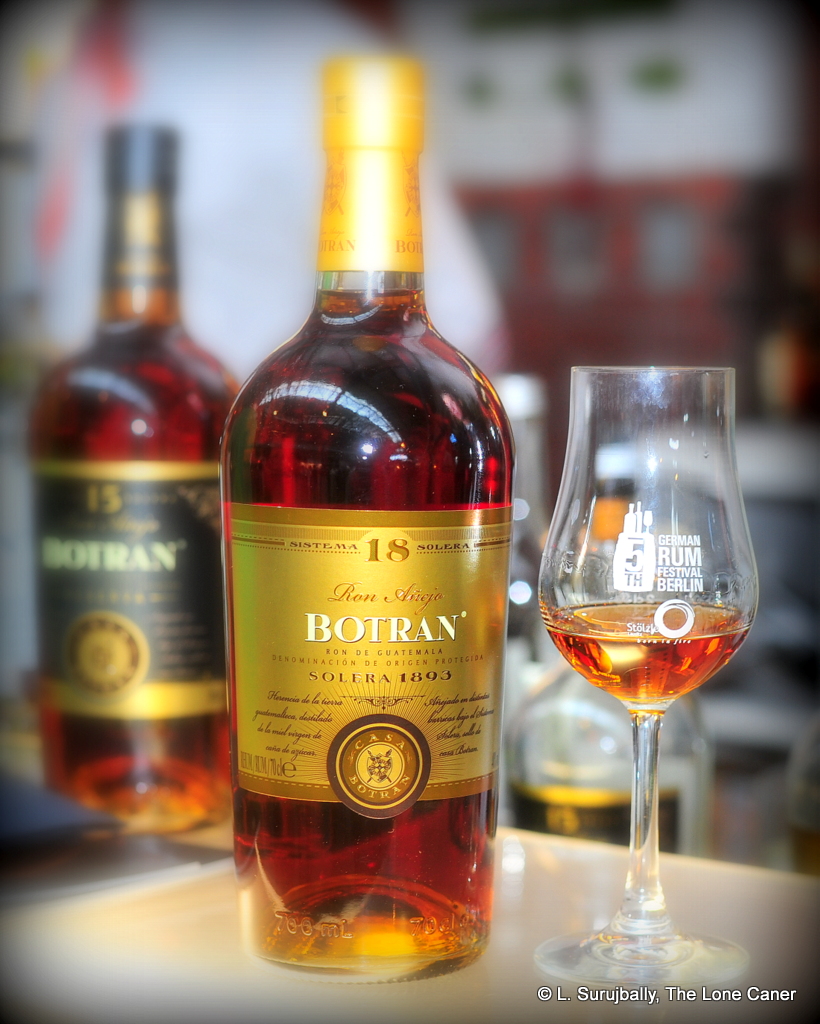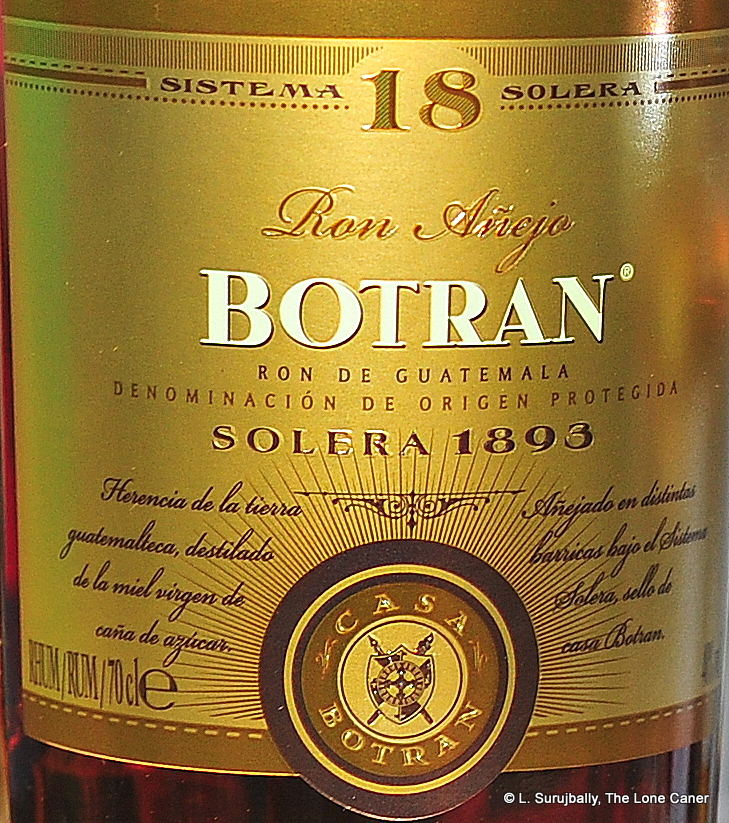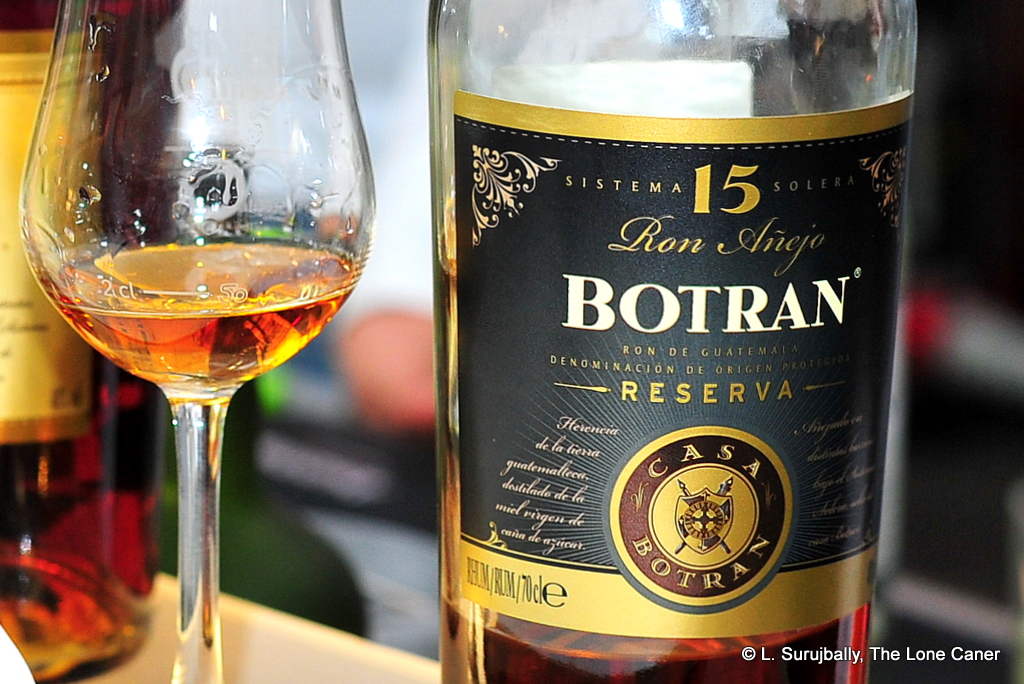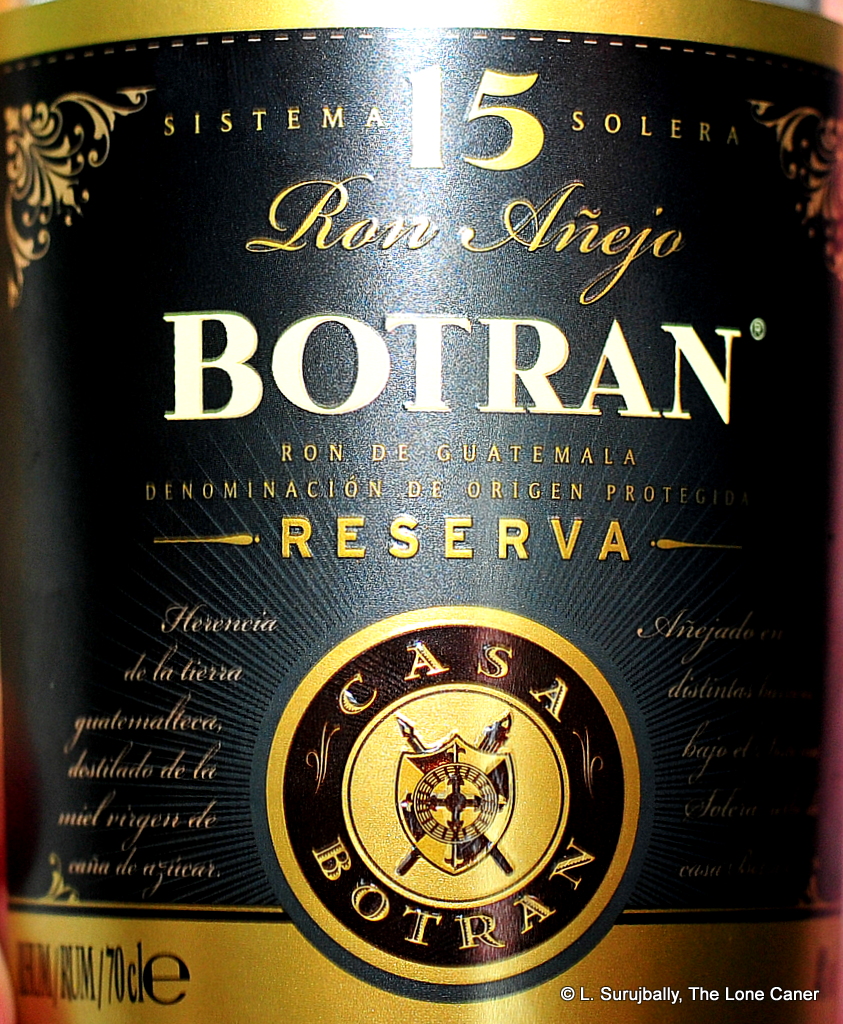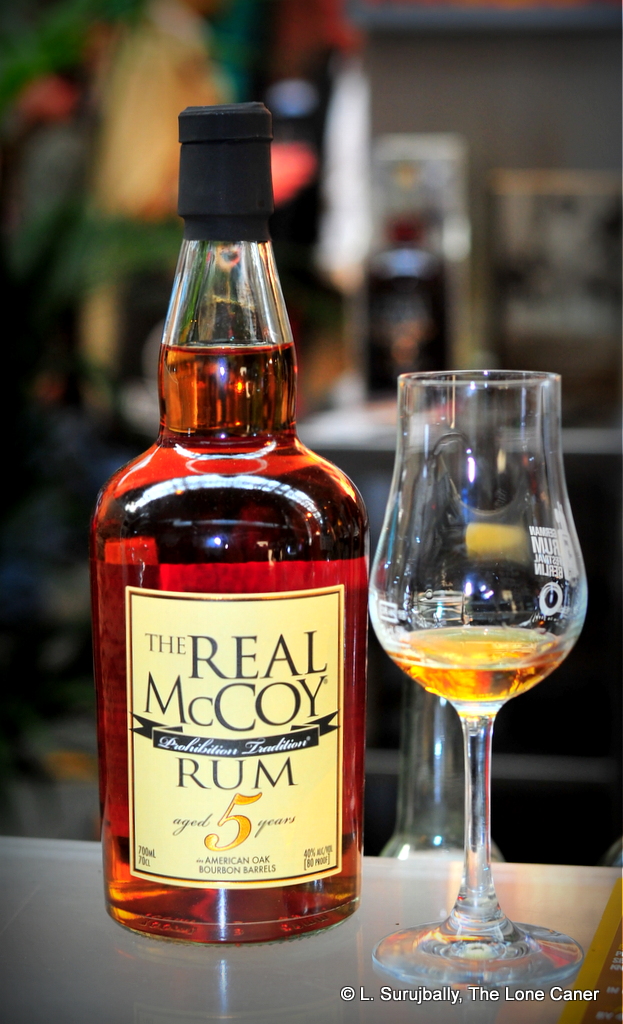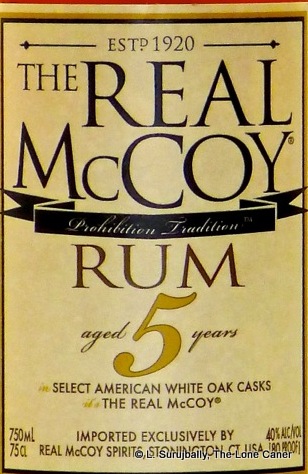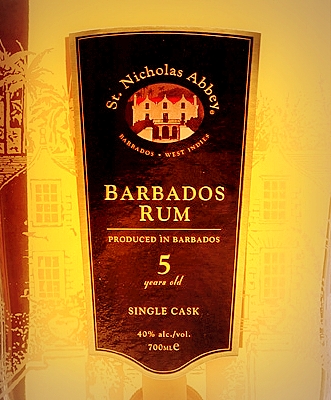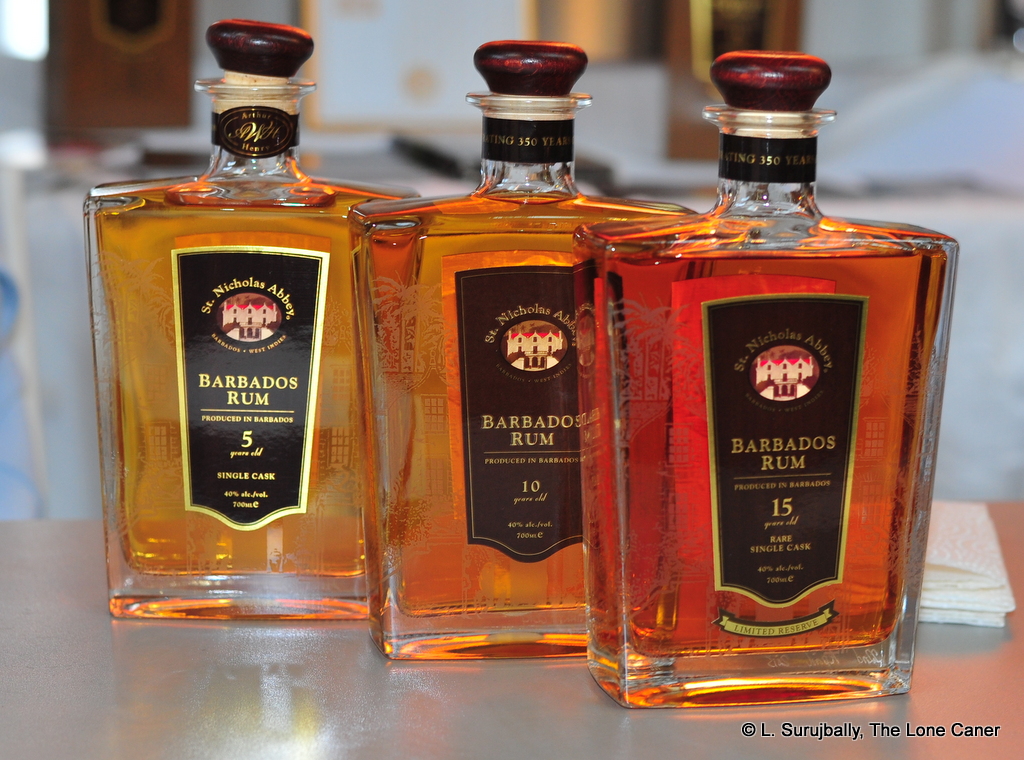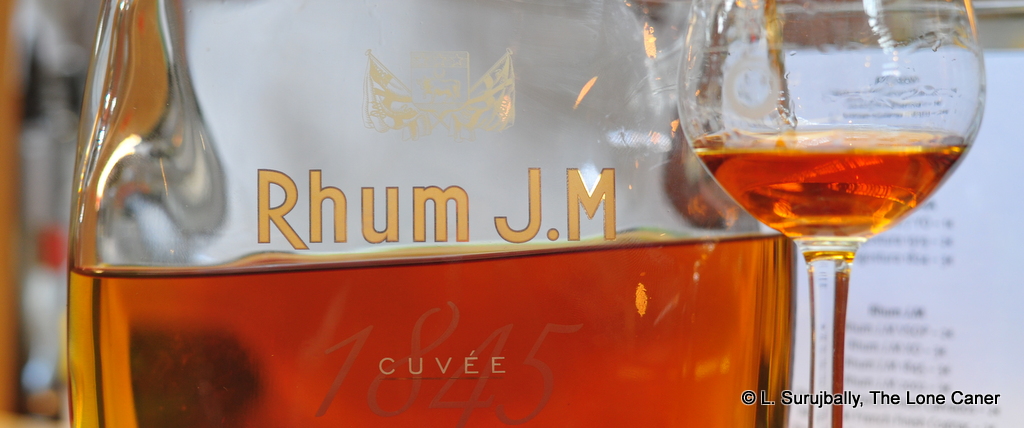A new direction for the Japanese rum-maker, which has some flaws but is an interesting rum nevertheless.
#336
When researching the background for the Encrypted, I came across the website RumRatings, which is a place where people rate and comment on rums they have tried without going through the effort of, say, creating a website or putting their thoughts on a more formal basis (the way one sees on the /r/rum forum on reddit, for example, a site where fans can be even more rabid than on Facebook but where the discussion tends to be both more civil and certainly more intelligent).
The comments were not inspiring. “Too young and harsh and chemical,” wrote one from Hungary whose tastes ran into the sweet of Dictador, Millonario and Zacapa; “This sh*t is a waste of time,” opined another from Romania, who headed his less than enthusiastic comment “Whisky Rum or something…” and who also (from the link to his “cabinet”) seemed to prefer softer soleras and sweeter rums and put the Jamaican RumFire and a Bristol Spirits 1996 Caroni close to the bottom.
Such criticisms serve a purpose in this instance, because there aren’t many reviewers who have yet taken to Nine Leaves, so even an opinion from the street is useful when we buy one…and just because I like ‘em personally doesn’t mean you will. So I don’t link to these negative remarks in an effort to diss the gentlemen in question or to sneer at their opinions, just to lay the groundwork for suggesting that if your tastes run into the more easy-going, softer Spanish style of rums – or those that are known by now to be softer, smoother and sweeter than the norm — then this Company’s rums might not be in your wheelhouse. Nine Leaves aren’t as individualized as, say, unaged cask-strength agricoles from a pot still, but their rums do take some getting used to.
Nine Leaves, that one-man outfit from Japan makes very young rums (most six months or so), and they are closer in profile to a mashup of whites and Jamaicans with the leavening influence of Barbados thrown in, plus maybe a clairin or two for some fangs. Yoshiharu Takeuchi makes no attempt to be particularly unique, which is perhaps why his rums actually are. And of all those Clear and “Almost <<pick your season>>” French- or American-oak-aged six month old rums, I’d have to say he’s done something pretty interesting here, like nothing he’s attempted before. He’s thrown kaizen out the window and gone in a new direction.
 Consider: normally Nine Leaves distills its rums, does the cuts, and then ages the result for six months, which is why there are a bewildering array of multi-years Almost Springs and Almost Autumns and Angel’s Half French and American Cask Aged rums in their portfolio; but with the Encrypted, he has gone in the “finishing” direction (much as English Harbour, DDL and Foursquare have done in the past year or two). This is a blend of four rums, each two years old – the four were aged in barrels of American oak, barrels that previously held oloroso, brandy…and one that remains unidentified, perhaps in an effort to tease Florent Bouchet of the Compagnie, who occasionally holds a distillery of origin to be “secret”, leading to tons of heated conjectures and endlessly entertaining commentary in the blogosphere. The closest Nine Leaves has previously come to this concept is with their Sauvignon Blanc edition, but the ultimate intention is the same — to add to the flavour profile without actually adding anything, a tactic Zacapa, A. H. Riise and Don Papa could perhaps take note of.
Consider: normally Nine Leaves distills its rums, does the cuts, and then ages the result for six months, which is why there are a bewildering array of multi-years Almost Springs and Almost Autumns and Angel’s Half French and American Cask Aged rums in their portfolio; but with the Encrypted, he has gone in the “finishing” direction (much as English Harbour, DDL and Foursquare have done in the past year or two). This is a blend of four rums, each two years old – the four were aged in barrels of American oak, barrels that previously held oloroso, brandy…and one that remains unidentified, perhaps in an effort to tease Florent Bouchet of the Compagnie, who occasionally holds a distillery of origin to be “secret”, leading to tons of heated conjectures and endlessly entertaining commentary in the blogosphere. The closest Nine Leaves has previously come to this concept is with their Sauvignon Blanc edition, but the ultimate intention is the same — to add to the flavour profile without actually adding anything, a tactic Zacapa, A. H. Riise and Don Papa could perhaps take note of.
Bottled at a firm 48% in 2016, the golden rum is certainly a step above their younger products. All share a somewhat astringent, rather thin-but-intense nose (I’m trying hard not to think of my feared primary school teacher, the redoubtable Mrs. Jagan, with her sharp voice, pince-nez, bladed nose and ever-ready foot-long ruler but that’s almost impossible), and here that was only marginally ameliorated by the ageing period. Sharp for sure, acerbic yes, intense without question – but the aromas weren’t half bad. Citrus, light florals, some earthiness and lavender doing an interesting tango, plus the vaguest hint of fruits and grassiness, all very crisp and distinct. It presents far more like an agricole than a molasses based rum.
The two years of ageing was where to some extent the rum failed to deliver when tasted, however promising the nose had been. The crisp clarity was retained, yet it still presented as somewhat raw, a shade too uncouth, without any rounding that would have made the mouthfeel better. Fortunately, that aside, the taste was excellent, and once I got used to it, I found myself appreciating its sprightliness and youth, and again I was left wondering how this was so much like an agricole. Those same vegetal, grassy notes persisted, to which were added florals, red wine, orange zest, sultanas, and also a sort of cereal background that developed into the creaminess of cheese on black bread. It was odd, but came together quite well, and I had no real complaints about the finish, which was somewhat spicy, but still exited with a cleanliness and clarity redolent of the spicier tartness of green apples and grapes.
Putting all these observations together, it was, in fine, a pretty decent two year old rum – the finishes certainly helped it attain a level that simple ageing never would have. When you consider Nine Leaves’s regular issuances of six month old rums, made pretty much the same way, aged in either in one barrel or another, it’s easy to grumble that they make the same rums on every go-around, so getting one is like getting them all. By making the Encrypted, Nine Leaves has shown they are not bound to the way they have made rums before — and are quite willing to take their products into new and interesting directions that may not entirely work now, but hold great promise for their efforts in the future
(85/100)

